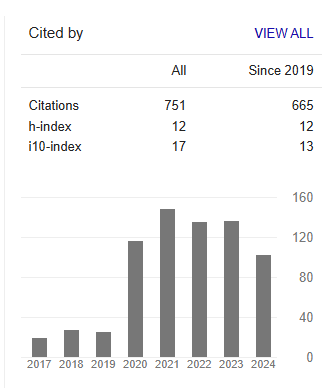Necrotizing Fasciitis Case Series: Improved Outcomes with Early Diagnosis and Effective Surgical Interventions in Low Resource Settings
Abstract
Gideon K Kurigamba, Asaph Owamukama, Vivian V Akello, Irene Nanyanga Sarah J capewell and Birungi R. Mutahunga
Necrotizing fasciitis (NF) is a severe, rare, potentially lethal and fulminant soft tissue infection. It is marked by necrosis of the superficial fascia, neutrophil infiltration of the deep dermis and fascia, thrombosis of the cutaneous microcirculation, and the presence of the infecting organism in the necrotic tissue.
The infection progresses rapidly with systemic signs of toxicity and septic shock may ensue; hence, the mortality rate is high (median mortality 32.2%). Prognosis becomes poorer in the presence of co-morbidities, such as diabetes mellitus, immunosuppression, chronic alcohol disease, and in poor resource settings.
Early and aggressive meticulous surgical debridement constitutes the mainstay of treatment along with broad spectrum antibiotics and fluid resuscitation. Postoperative management of the surgical wound is also important for the patient’s survival, along with proper nutrition.
Objective: To determine improved outcomes with early diagnosis and cost effective surgical interventions for patients necrotizing fasciitis at Bwindi community hospital,Uganda. Design: These are case series of 6 patients who presented with fulminant necrotising fasciitis admitted to the hospital through the emergency wing.
Materials and methods: Six patients presented with fulminant nectrozing fasciitis admitted at Bwindi community Hospital between August 2015 and June 2017, were analysed, and appropriate effective surgical management based on these patients is suggested.
Results: These patients were all admitted after a minimum of 3.8 days from the on onset of the infection. The average timing of debridement through fish fillet incisions was 14 and 4 hours from the time of admission and diagnosis respectively. The average number of redebreidments were six. There was 83.3% survival after treatment, with 16.6% mortality. Vacuum dressings were used for one paediatric case. 50% of the wounds healed by secondary intention, 16.6% by secondary closure and 16.6% done full thickness skin grafting. Placement of the testicles in subcutaneous pockets in the thigh was done for one patient. In 100% were of the patients dressing with honey gauze was used for the alternate day bed side dressing.
Conclusion: The diagnosis of necrotising fasciitis is a challenge, however early meticulous surgical debridement, supported by fluid resuscitation and broad spectrum antibiotic clinical administration is key to survival of these patients.



